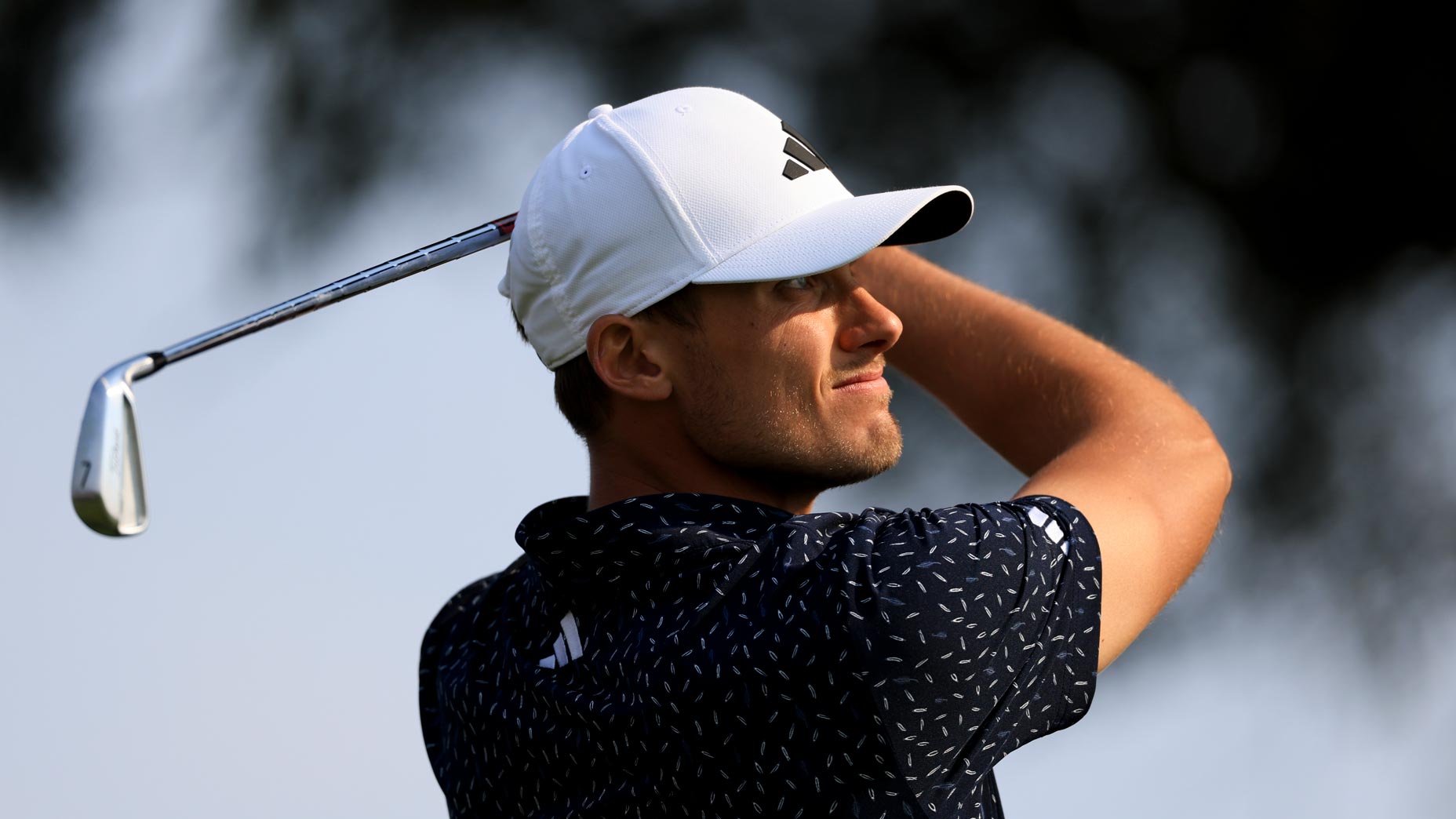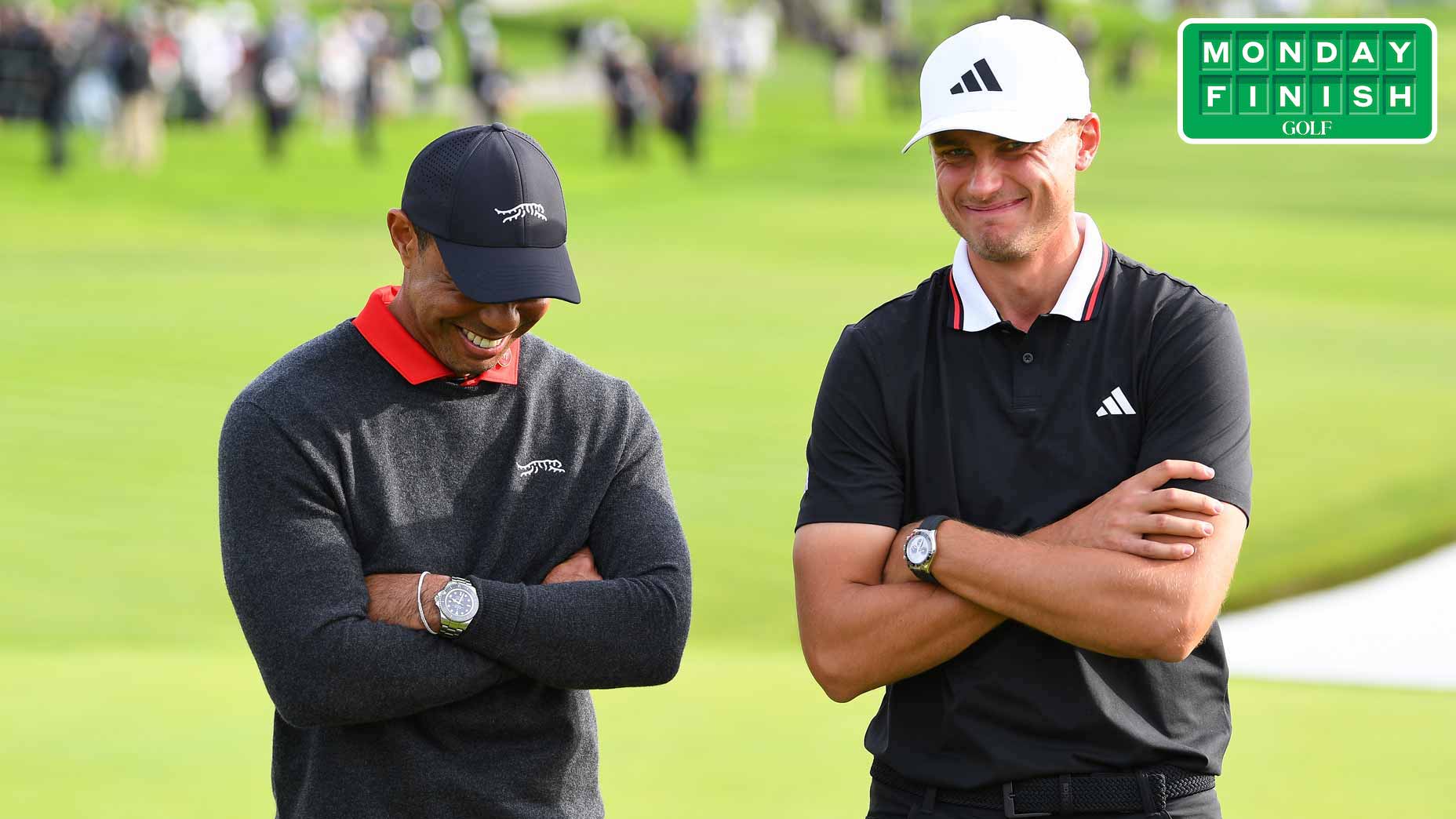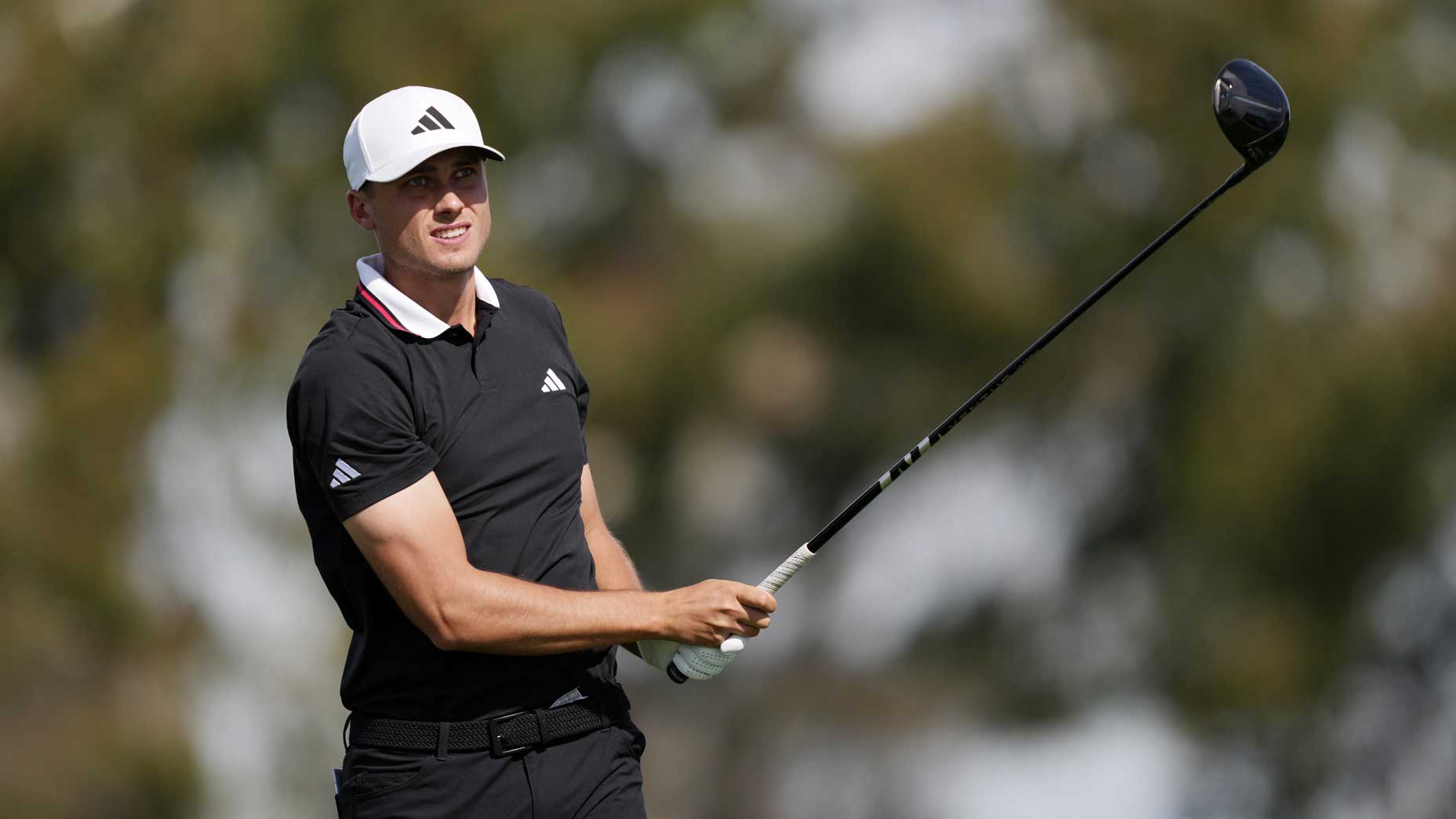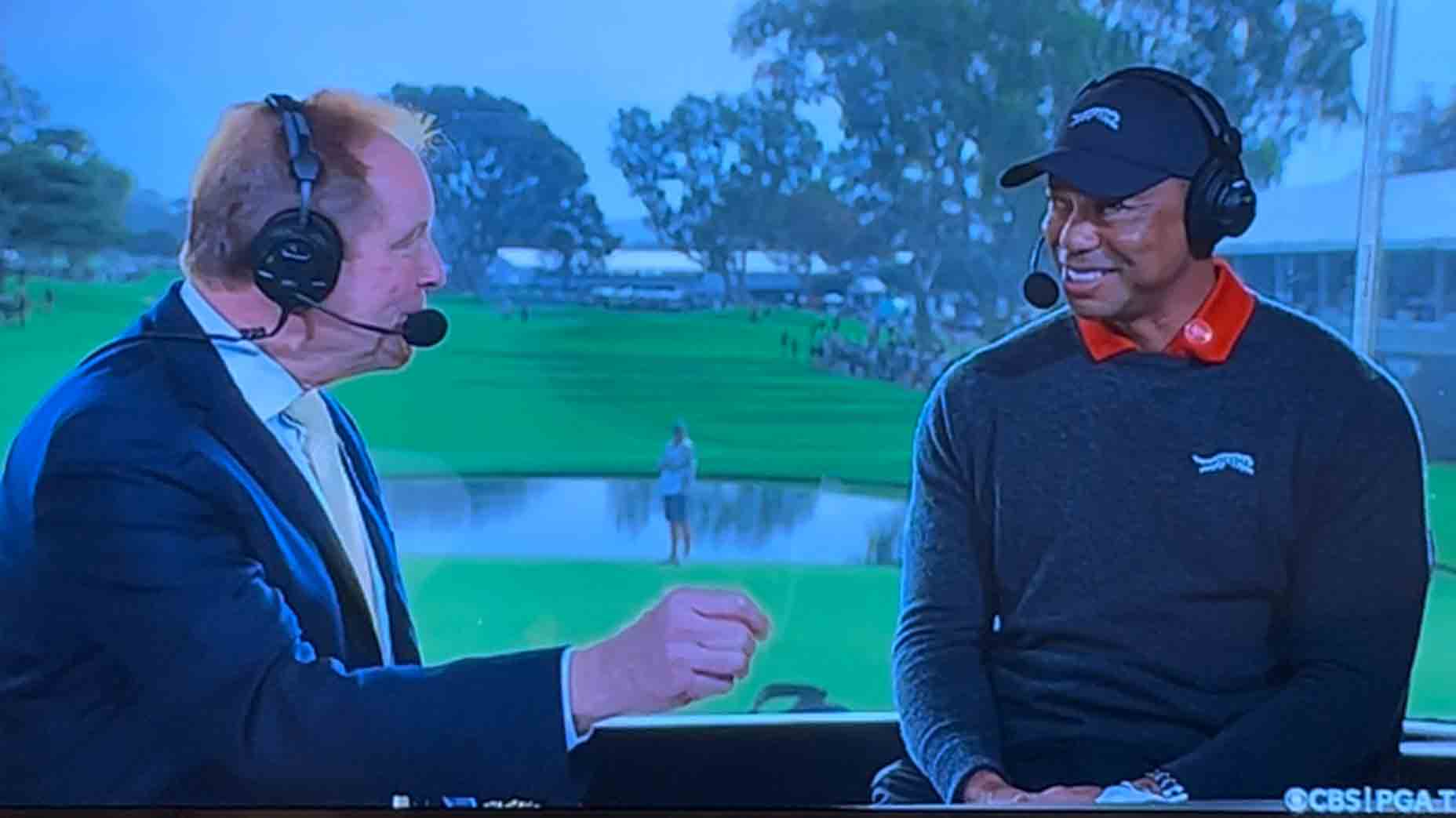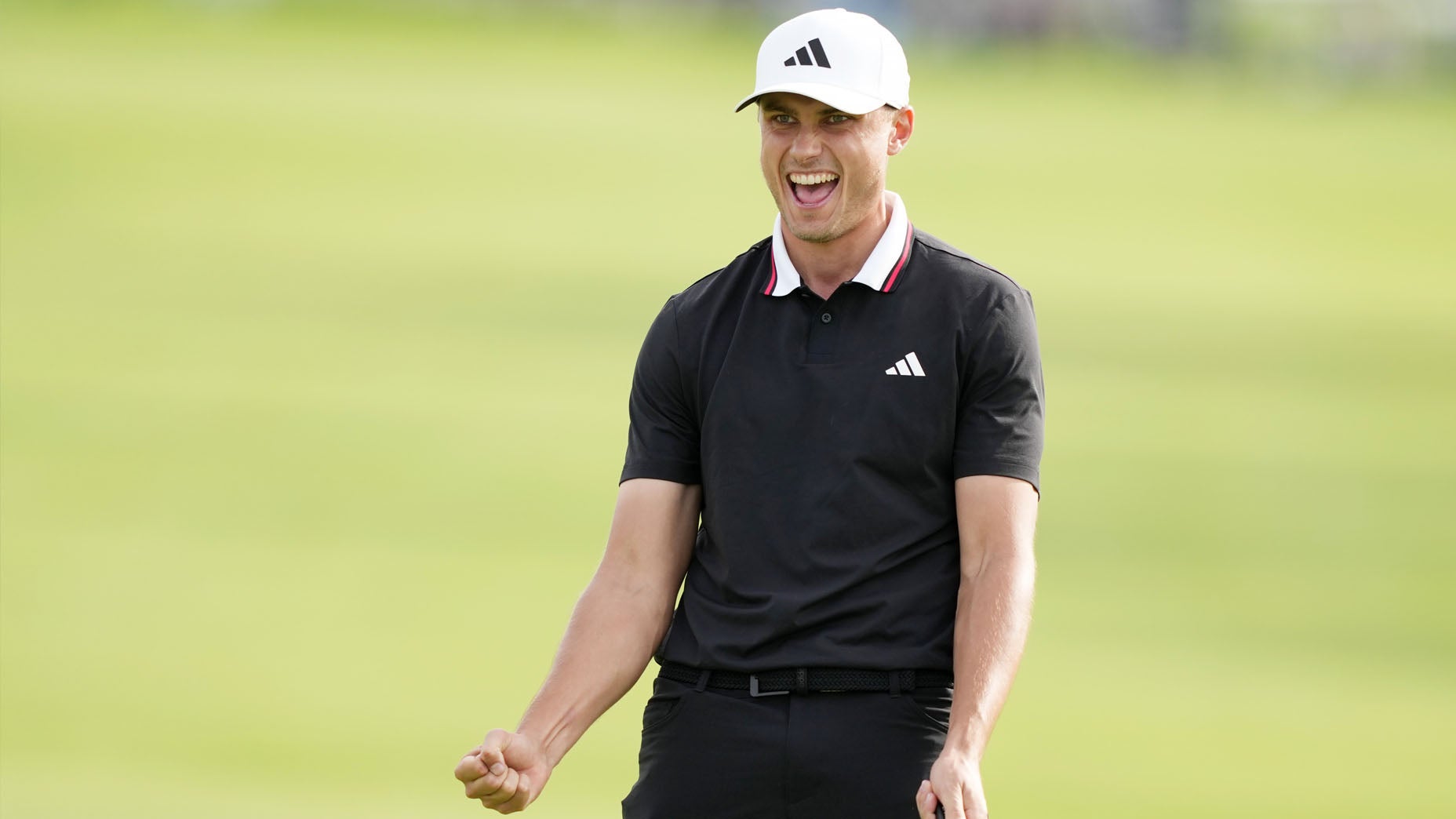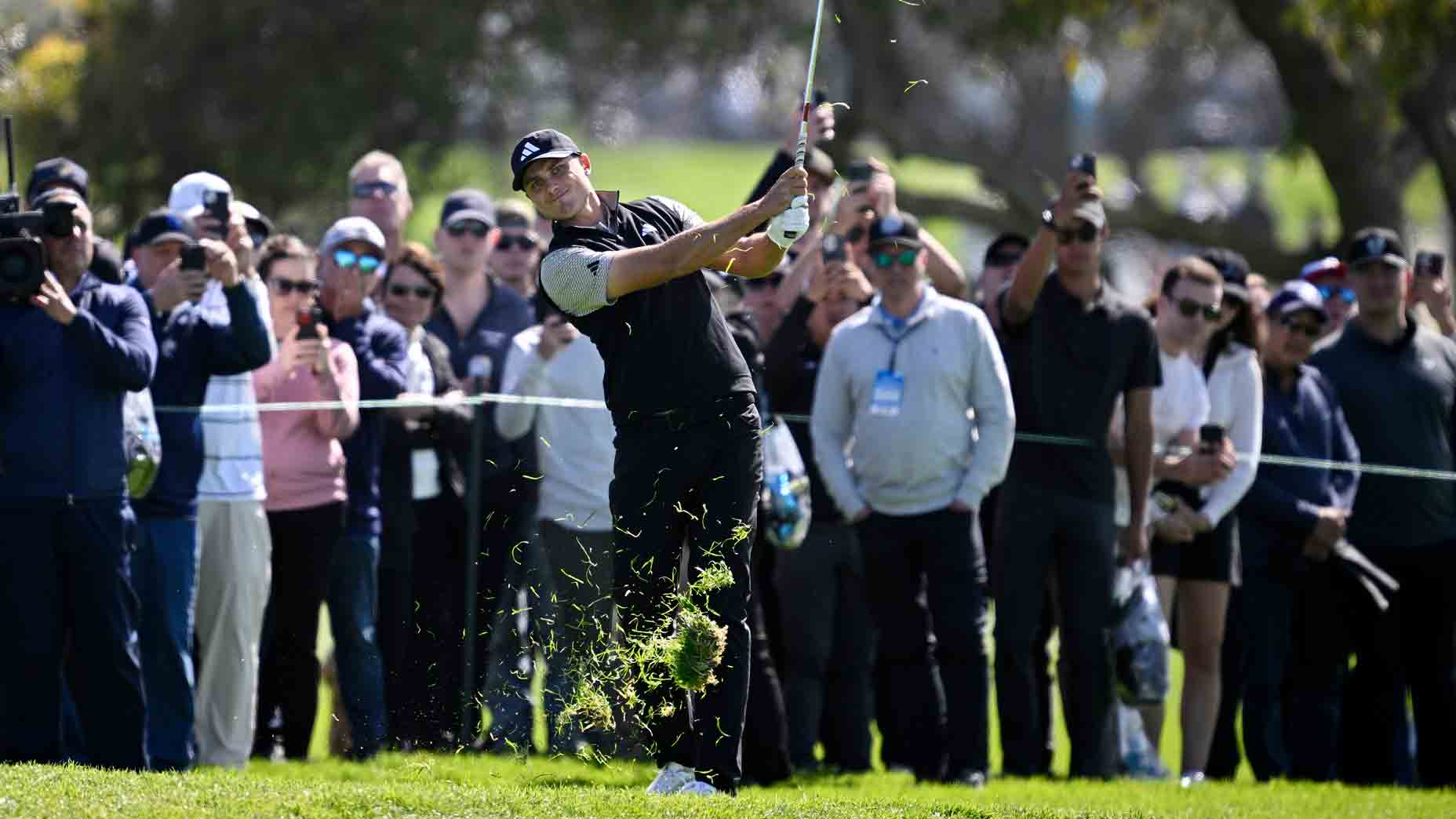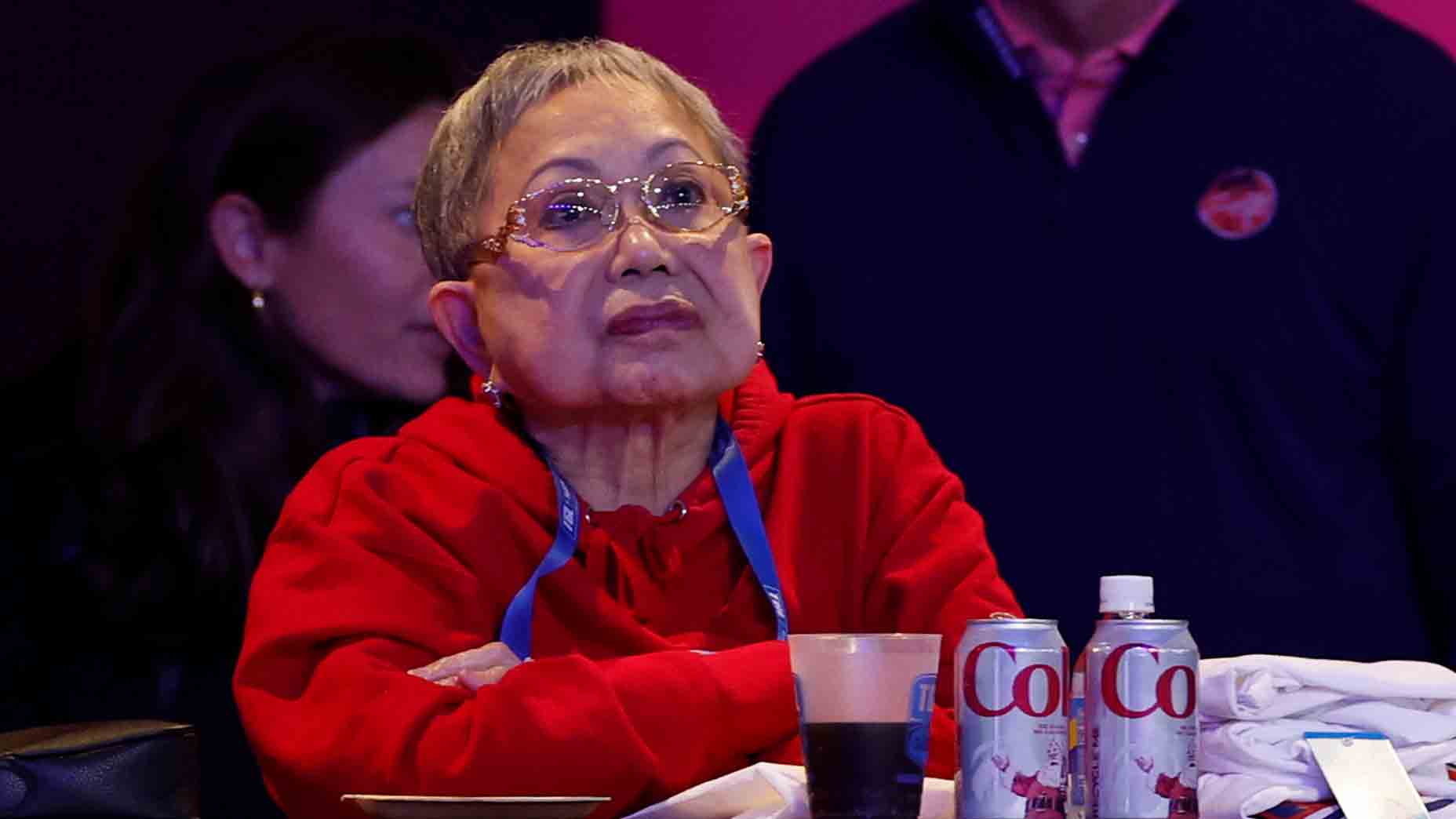PACIFIC PALISADES, Calif. — A telling scene played out Monday night here in Los Angeles. Kira Dixon, the Golf Channel host, sat on stage at an Adidas event, microphone in hand. Next to her was Collin Morikawa, answering questions mostly about the new Adidas gear he’s paid to wear. Eventually, Dixon pivoted the conversation to ask about Morikawa’s involvement in the Netflix docu-follow devoted to the PGA Tour, and if it was difficult to open up so much of his life.
You’ll get to know his dog if you watch “Full Swing,” he said. You’ll see Morikwawa’s jump shot, too. But, yes, Morikwawa admitted, it was unnerving having cameras at dinner and at home and in his car. Put simply, it was…a lot.
Seated on the other side of Morikawa was Xander Schauffele, world No. 6. His goals for this year? “Just win,” he said. “Win more.” You will not see Schauffele in the Netflix show. He has no interest, at least not right now. It isn’t high on his “To Watch” queue, either. Adidas pays him and Morikawa. Netflix does not. It’s not entirely that simple, but sometimes it is. And therein lies an important aspect of life on the PGA Tour. Players are being asked to lean in like never before, and not always with direct monetary benefits. Not all of them are interested.
On Wednesday at this week’s Genesis Invitational there will be no fans on site, but there will be representation from CBS Sports. They’ll be on the practice range courting players to try out something not-so revolutionary: wear an AirPod. A recent initiative pushed forth by Max Homa has been in-round check-ins with players. The pros wear an AirPod as they play one hole and field questions as they walk between shots. What were you thinking over that tee shot? What was the discussion with your caddie there? Simple stuff.
Homa took the lead on the project wearing a mic during the Farmers Insurance Open three weeks ago, grinding out a par from a greenside bunker and getting a ruling from a rules official. (In a happy coincidence, he won the tournament.) A week later it was Keith Mitchell, playing Pebble Beach and getting backed off a shot by his caddie, explaining the entire thought process to Trevor Immelman and many of us watching at home. Then, last week, it was young sensation Tom Kim thinking he should hit 4-iron and ultimately agreeing with his caddie on 5-iron, then hitting it inside five feet.
Exactly how @joohyungkim0621 and @skovy14 drew it up.
— Golf on CBS ⛳ (@GolfonCBS) February 11, 2023
We get an inside look at how they decided to play the approach at the 13th. pic.twitter.com/RI4Xi768dR
These mundane aspects of life inside the ropes are a lovely extension of the typical Tour broadcast. “We need to produce the best product we possibly can to sell to all the viewerships,” said Genesis host Tiger Woods. One week from now, LIV Golf returns. The competition hasn’t evaporated just yet. That word Woods used — product — is a popular one these days. Players have always been asked to think about the product but rarely have been asked to act upon it. Mid-round check-ins are just one of Homa’s ideas. He also wants to see a Friday cut-focused stream.
To this point, PGA Tour Twitter is obsessed but Tour players are not all convinced. Phoenix Open lord Scottie Scheffler was more than happy to chat with Nick Taylor during Sunday’s final round, but a mid-round Q&A with Trevor Immelman isn’t high on his list. Schauffele isn’t much interested in that, either. Patrick Cantlay? “Probably not something for me.” Rory McIlroy? He talks well everywhere. “It would take a little bit of convincing for me, but I’d certainly be open to it.”
Sounds like a maybe. CBS Sports is going to attack those maybes, first by lobbying on the range Wednesday afternoon. Jon Rahm is a maybe, too. It was looking like he might wear an AirPod during the third round in Phoenix but things changed. Mackenzie Hughes? He’s in. It can’t be that hard, he says, and as a member of the Advisory Council, he’s heard all the arguments for why players need to lean in. Homa is also a member of the PAC and explained why he thinks it’s a good idea.
Netflix’s PGA Tour documentary delivers most on one thing: emotionBy: Sean Zak
“I don’t think that the ear piece is necessarily important, but I do think that the concept of us giving and entertaining is important,” Homa said. “Our average age demographic on Tour is I think the highest of all major sports. We need to let people in a little bit if we want to grow.”
That last sentence is the entire purpose behind the Netflix show, which will be released Wednesday. Let people in if we want to grow. It’s been a hot topic on Tour the past week, with a premiere in Phoenix during Super Bowl week. Who looks good on the show? (Most everyone!) Who looks bad? (Maybe Phil Mickelson.) Who can benefit from a Season 2? (Maybe whoever wants to.)
“Full Swing” has received mostly positive reviews, but Netflix has not yet green-lighted a second season. That’s an eyeballs game, and we don’t yet know if non-golf fans will find the appeal. Producers have attended the last few tournaments so that when and if Netflix does sign the dotted line, they won’t have missed anything. They’ll want to introduce a new batch of faces, too, which is why the doc’s makers were on a flight from Phoenix to LA with Tommy Fleetwood and Shane Lowry. It’s a Ryder Cup year.
Season 1 proved a great example of how Tour players tend to think. They tend to stiff-arm things until they seem successful for their peers. Rahm did not sign on to be involved with the show (though he made it into a few clips) and is probably the producers’ biggest target this season. McIlroy declined to be involved for most of 2022, but eventually gave in during the final event of the year, under his conditions. Cameras would not follow him into his car, into his house or around his family. He leaned in…part of the way.
One senior staffer at the production company explained that Justin Thomas’ win at the PGA Championship was a turning point for the crew. Other Tour pros were finally convinced that having cameras around more frequently wasn’t an obvious detriment to their focus on the course. The result? An entire episode devoted to how Thomas thinks, his relationship with his father and a deeply emotional victory in front of his family. You can’t quantify that exposure in dollars. At least not yet. But it’s definitely worth more than nothing.




